19.09.2024
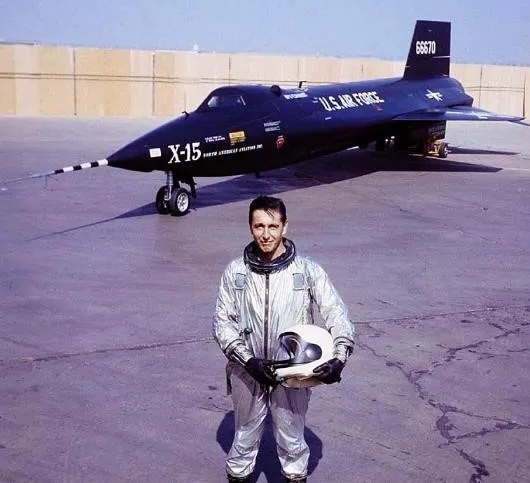
The X-15 hypersonic rocket-powered aircraft, built by North American Aviation (NAA), greatly expanded our knowledge of flight at speeds exceeding Mach 6 and altitudes above 250,000 feet. A joint project among NASA, the U.S. Air Force, and the U.S. Navy, the X-15’s first powered flight took place on Sept. 17, 1959, at the Flight Research Center, now the Armstrong Flight Research Center, at Edwards Air Force Base (AFB) in California. NAA chief test pilot A. Scott Crossfield piloted this flight and other early test flights before NASA and the Air Force took ownership of the aircraft. Between 1959 and 1968, 12 pilots completed 199 missions and achieved ever higher speeds and altitudes, knowledge and experience that later influenced the development of future programs such as the space shuttle.
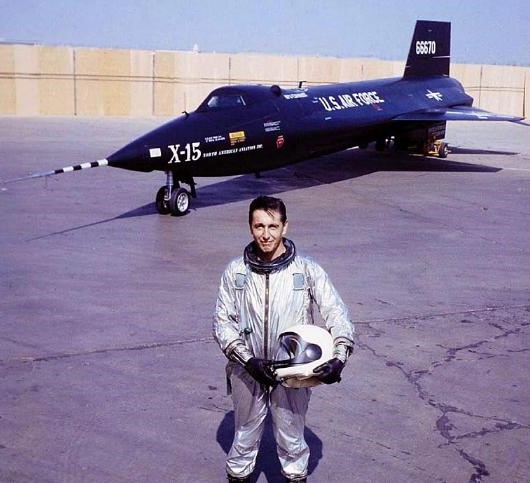
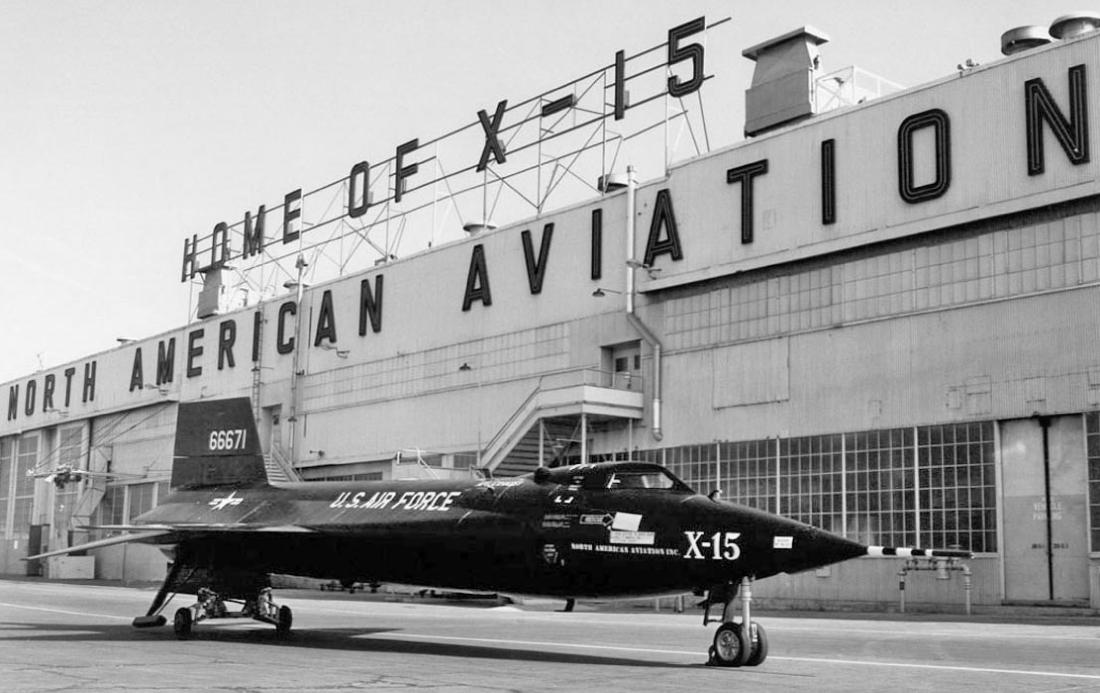
Left: During its October 1958 rollout ceremony at the North American Aviation (NAA) facility in Los Angeles, NAA pilot A. Scott Crossfield poses in front of the X-15-1. Right: Rollout of X-15-2 at the NAA facility in February 1959.
The origins of the X-15 date to 1952, when the Committee on Aerodynamics of the National Advisory Committee for Aeronautics (NACA) adopted a resolution to expand their research portfolio to study flight at altitudes between 12 and 50 miles and Mach numbers between 4 and 10. The Air Force and Navy agreed and conducted joint feasibility studies at the NACA’s field centers. In 1955, the Air Force selected North American Aviation (NAA), Los Angeles, to build three X-15 hypersonic aircraft.
On Oct. 1, 1958, the new National Aeronautics and Space Administration (NASA) incorporated the NACA centers and inherited the X-15 project. Two weeks later, on Oct. 15, 1958, the rollout of the first of the three aircraft took place at NAA’s Los Angeles facility where several of the early X-15 pilots, including Crossfield, attended. After the ceremony, workers wrapped the aircraft, placed it on a flatbed truck, and drove it overnight to the High Speed Flight Station, renamed by NASA the Flight Research Center in September 1959, where all the X-15 flights took place. Before this first aircraft took to the skies, NAA rolled out X-15-2 on Feb. 27, 1959. The X-15-3 rounded out the small fleet in early 1960.
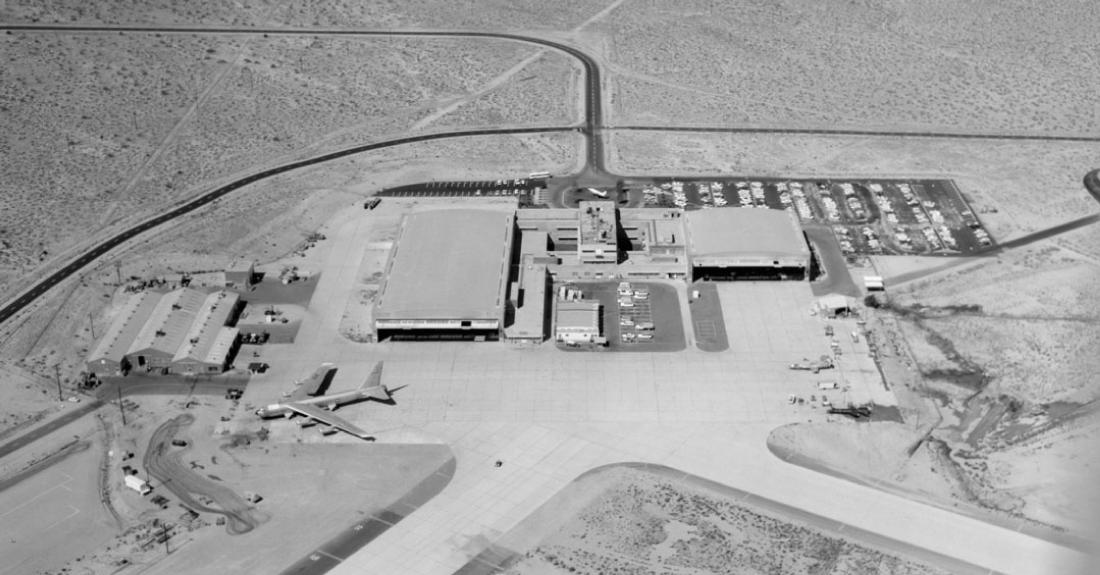
Aerial view of the Flight Research Center, now NASA’s Armstrong Flight Research Center, at Edwards Air Force Base, California, with one of the B-52 carrier aircraft at left and an X-15 at right. Image credit: courtesy JD Barnes Collection.
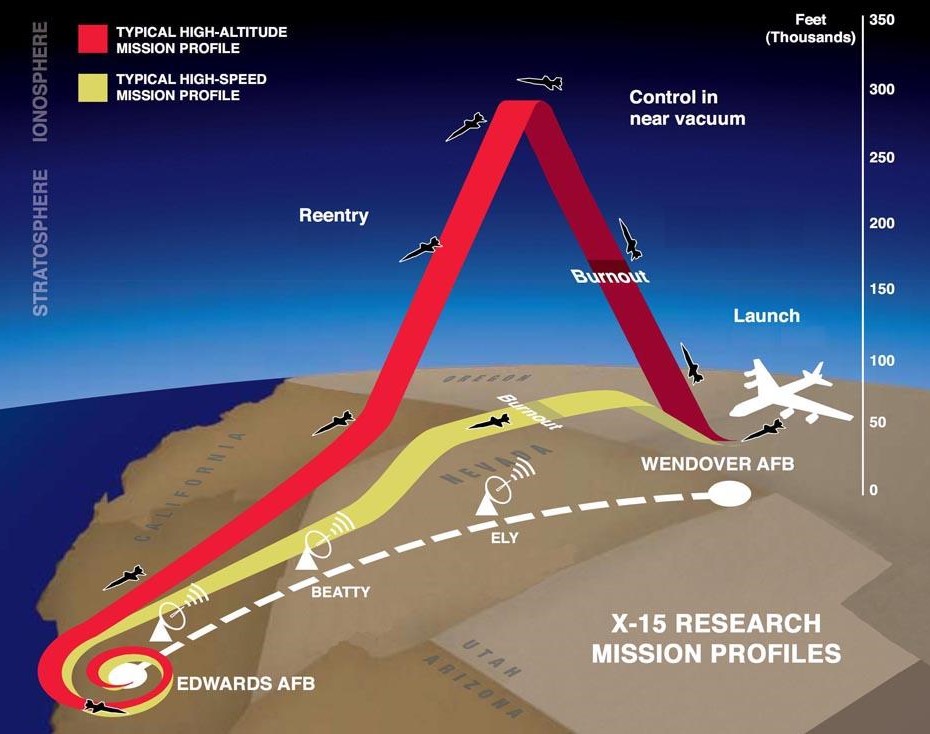
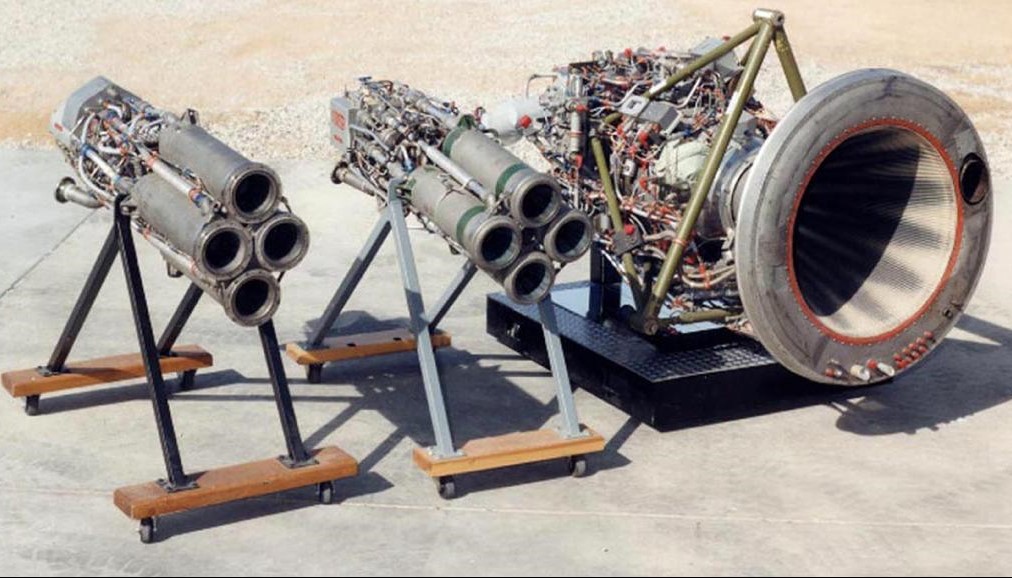
Left: Diagram showing the two main profiles used by the X-15, either for altitude or speed. Right: The twin XLR-11 engines, left, and the more powerful XLR-99 engine used to power the X-15.
Like earlier X-planes, a carrier aircraft, in this case a modified B-52 Stratofortress, released the 34,000-pound X-15 at an altitude of 45,000 feet to conserve its fuel for the research mission. Flights took place within the High Range, a flight corridor extending from Wendover AFB in Utah to the Rogers Dry Lake landing zone adjacent to Edwards AFB, with emergency landing zones along the way. Typical research missions lasted eight to 12 minutes and followed either a high-altitude or a high-speed profile following launch from the B-52 and ignition of the X-15’s rocket engine. After burnout of the engine, the pilot guided the aircraft to an unpowered landing on the lakebed runway. To withstand the high temperatures during hypersonic flight and reentry, the X-15’s outer skin consisted of a then-new nickel-chrome alloy called Inconel-X. Because traditional aerodynamic surfaces used for flight control while in the atmosphere do not work in the near vacuum of space, the X-15 used its Ballistic Control System thrusters for attitude control while flying outside the atmosphere. NAA substituted eight smaller XLR-11 engines that produced only 16,000 pounds of thrust because of delays in the development of the 57,000-pound thrust XLR-99 rocket engine, built specifically for the X-15, For the first 17 months of test flights, the X-15 remained significantly underpowered. NAA chief pilot Crossfield had the primary responsibility for carrying out the initial test flights of the X-15 before handover of the aircraft to NASA and the Air Force.
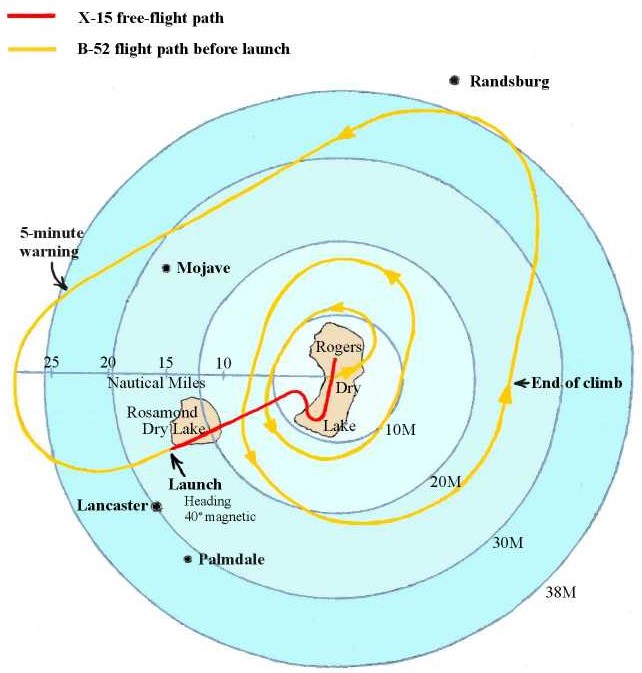
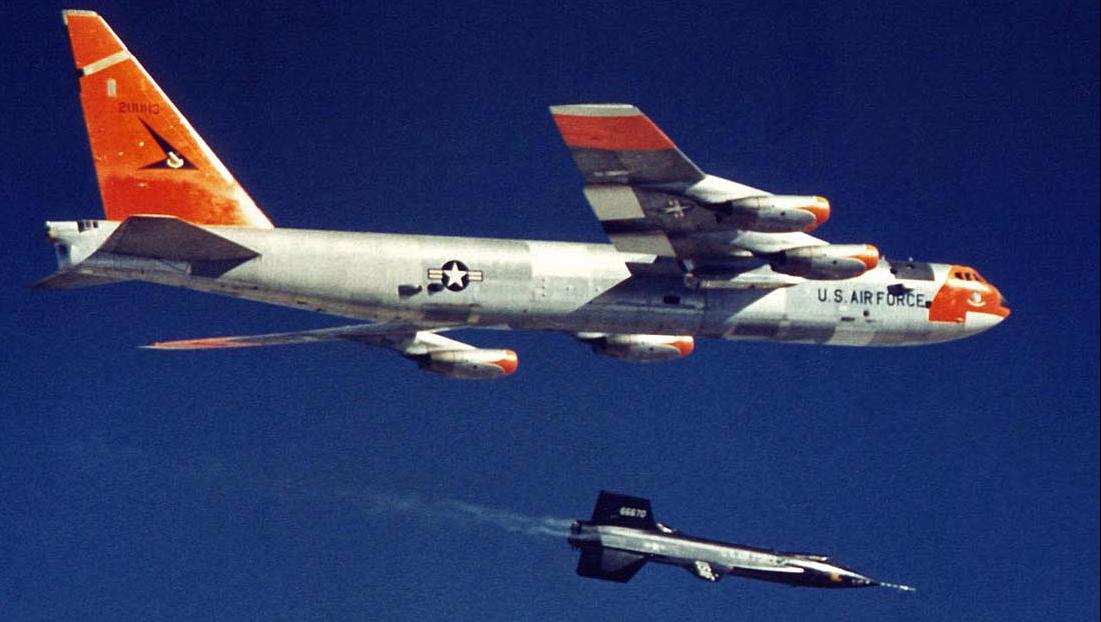
Left: Flight profile of the first unpowered glide test flight of the X-15. Right: A. Scott Crossfield pilots the X-15 during its first unpowered glide test flight in June 1959.
With Crossfield at the controls of X-15-1, the first captive flight during which the X-15 remained attached to the B-52’s wing, took place on March 10, 1959. Crossfield completed the first unpowered glide flight of X-15-1 on June 8, the flight lasting just five minutes.
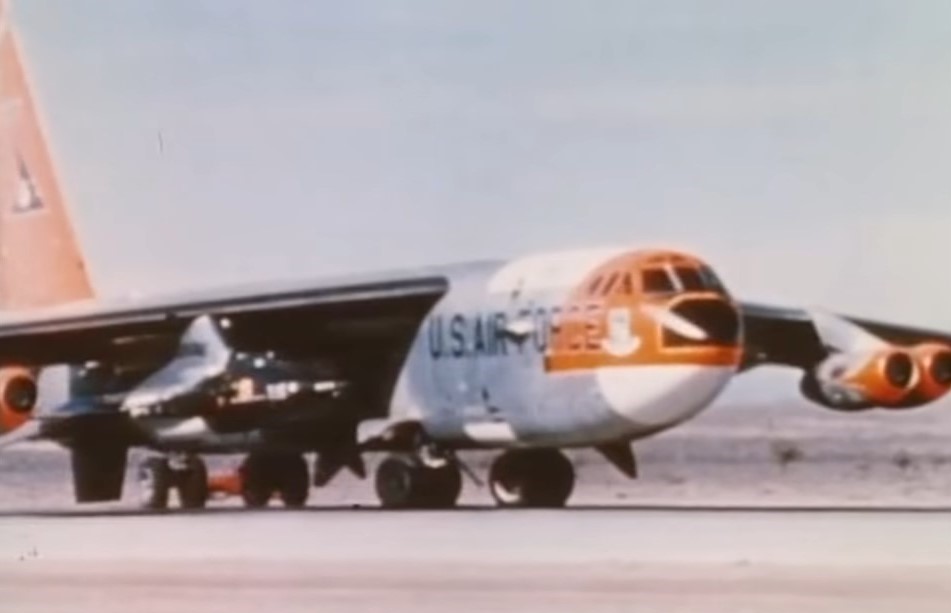
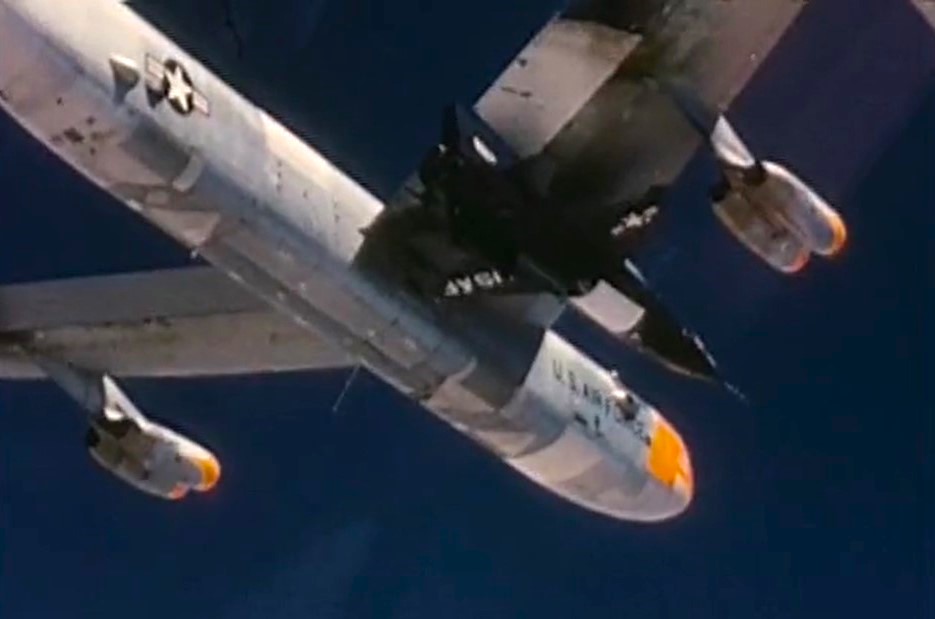
Left: The B-52 carrier aircraft taxis on the runway at Edwards Air Force Base in California, with the X-15 and pilot A. Scott Crossfield ready to perform the first powered flight of the hypersonic research aircraft. Right: The B-52 carries the X-15 and Crossfield to the drop altitude.

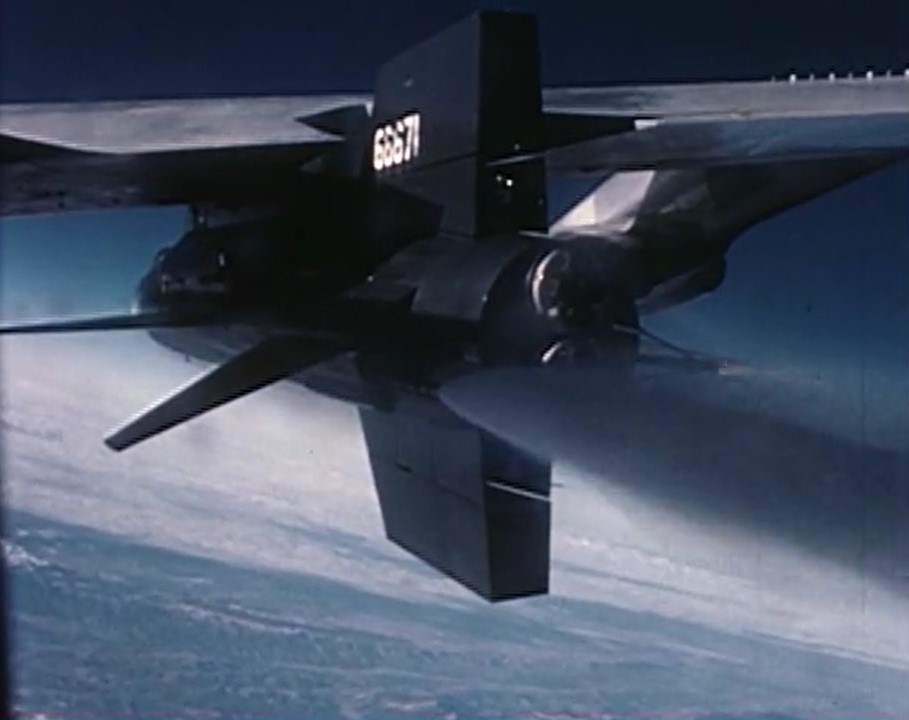
Left: Pilot A. Scott Crossfield is visible in the cockpit of the X-15 shortly before the release from the B-52 carrier aircraft. Image credit: courtesy North American Aviation. Right: The X-15 dumps excess fuel just prior to the drop.

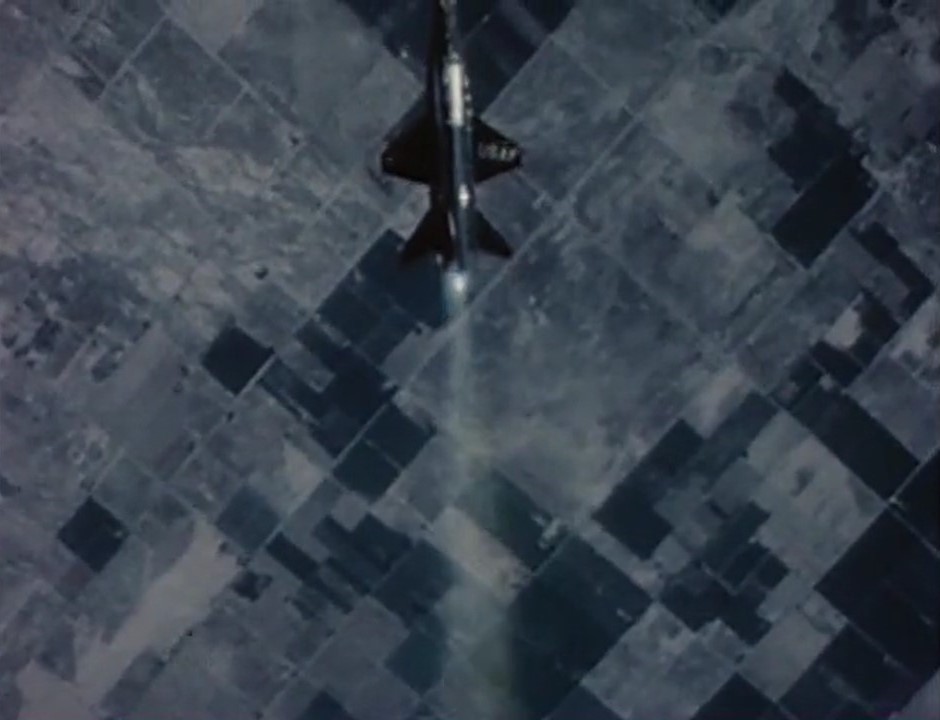
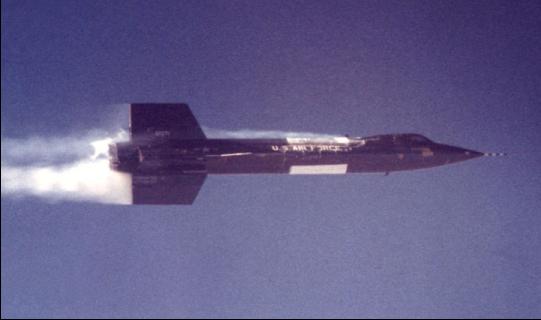
Left: The X-15 drops from the B-52 carrier aircraft to begin its first powered flight. Middle: The view from the B-52 as the X-15 drops away. Right: Pilot A. Scott Crossfield has ignited all eight of the X-15’s engines to begin the powered flight.
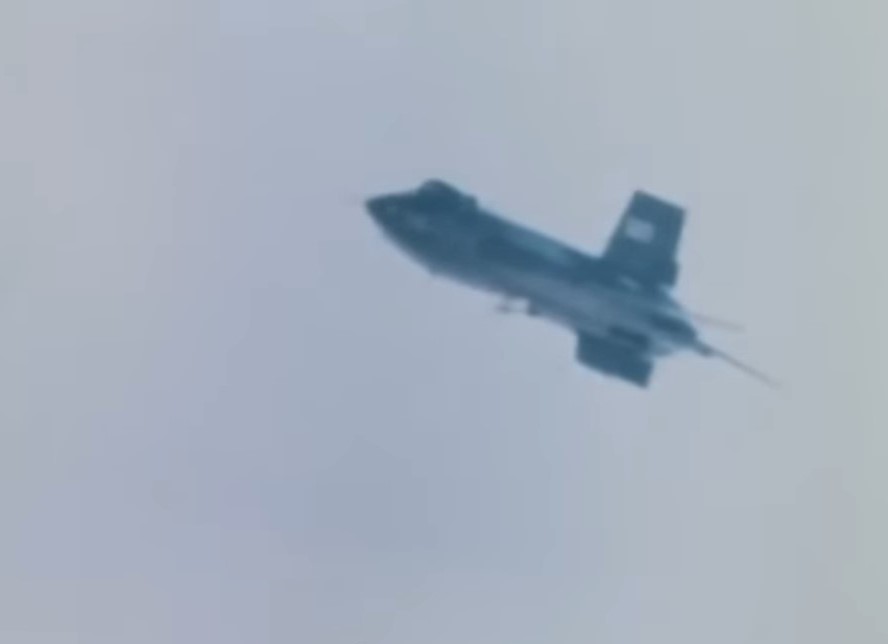
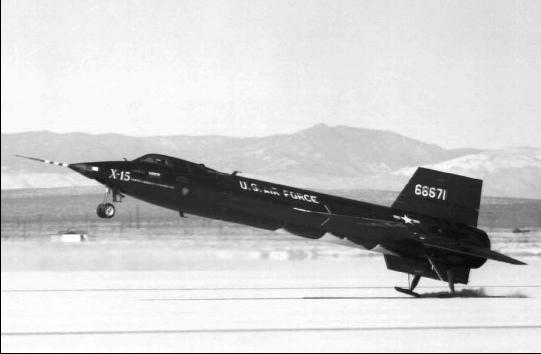
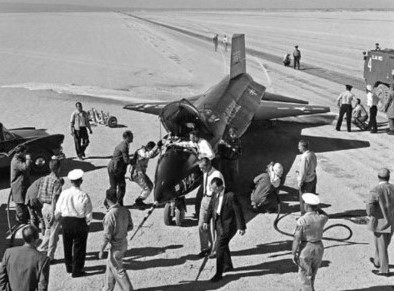
Left: View taken from a chase plane of the X-15 during its glide to the lakebed following its first powered flight. Middle: Pilot A. Scott Crossfield brings the X-15 to a smooth touchdown on the lakebed runway at Edwards Air Force Base in California. Image credit: courtesy North American Aviation. Right: Crossfield hops out of the cockpit at the conclusion of the X-15’s first successful powered flight.
On Sept. 17, at the controls of X-15-2, Crossfield completed the first powered flight of an X-15. Firing all eight of the XLR-11 engines for 224 seconds, he reached a speed of Mach 2.11, or 1,393 miles per hour, and an altitude of 52,341 feet. Overcoming a few hardware problems, he brought the aircraft to a successful landing after a flight lasting just over nine minutes and traveling 88 miles. During 12 more flights, Crossfield expanded the aircraft’s flight envelope to Mach 2.97 and 88,116 feet while gathering important data on its flying characteristics. His last three flights used the higher thrust XLR-99 engine, the one designed for the aircraft. Crossfield’s 14th flight on Dec. 6, 1960, marked the end of the contracted testing program, and North American turned the X-15 over to the Air Force and NASA.
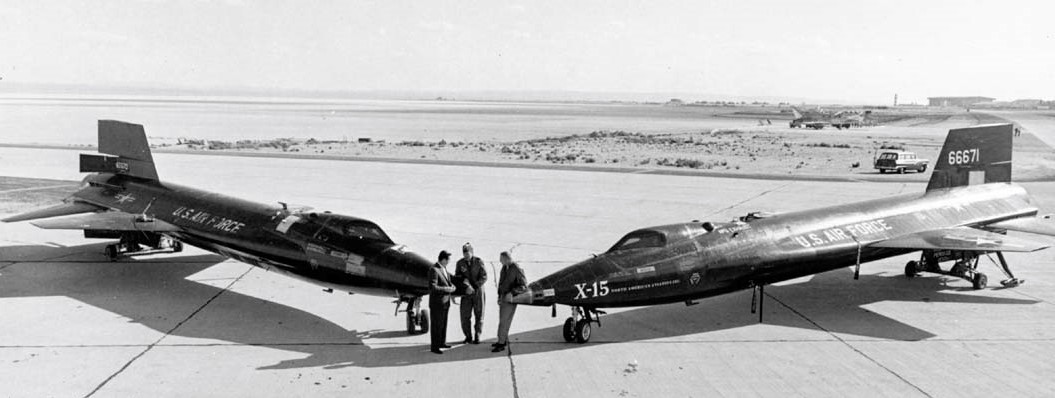
Standing between the first two aircraft, North American Aviation chief test pilot A. Scott Crossfield, left, symbolically hands over the keys to the X-15 to U.S. Air Force pilot Robert M. White and NASA pilot Neil A. Armstrong at the conclusion of the contracted flight test program. Image credit: courtesy North American Aviation.
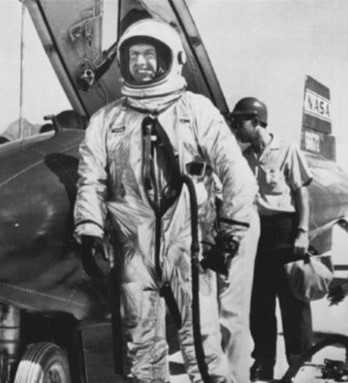
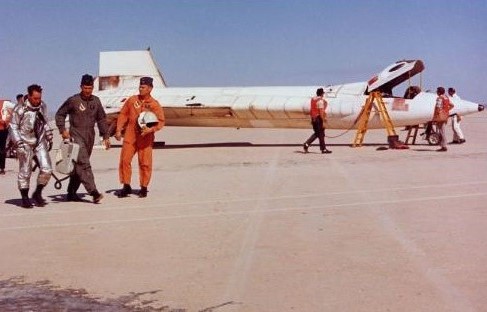
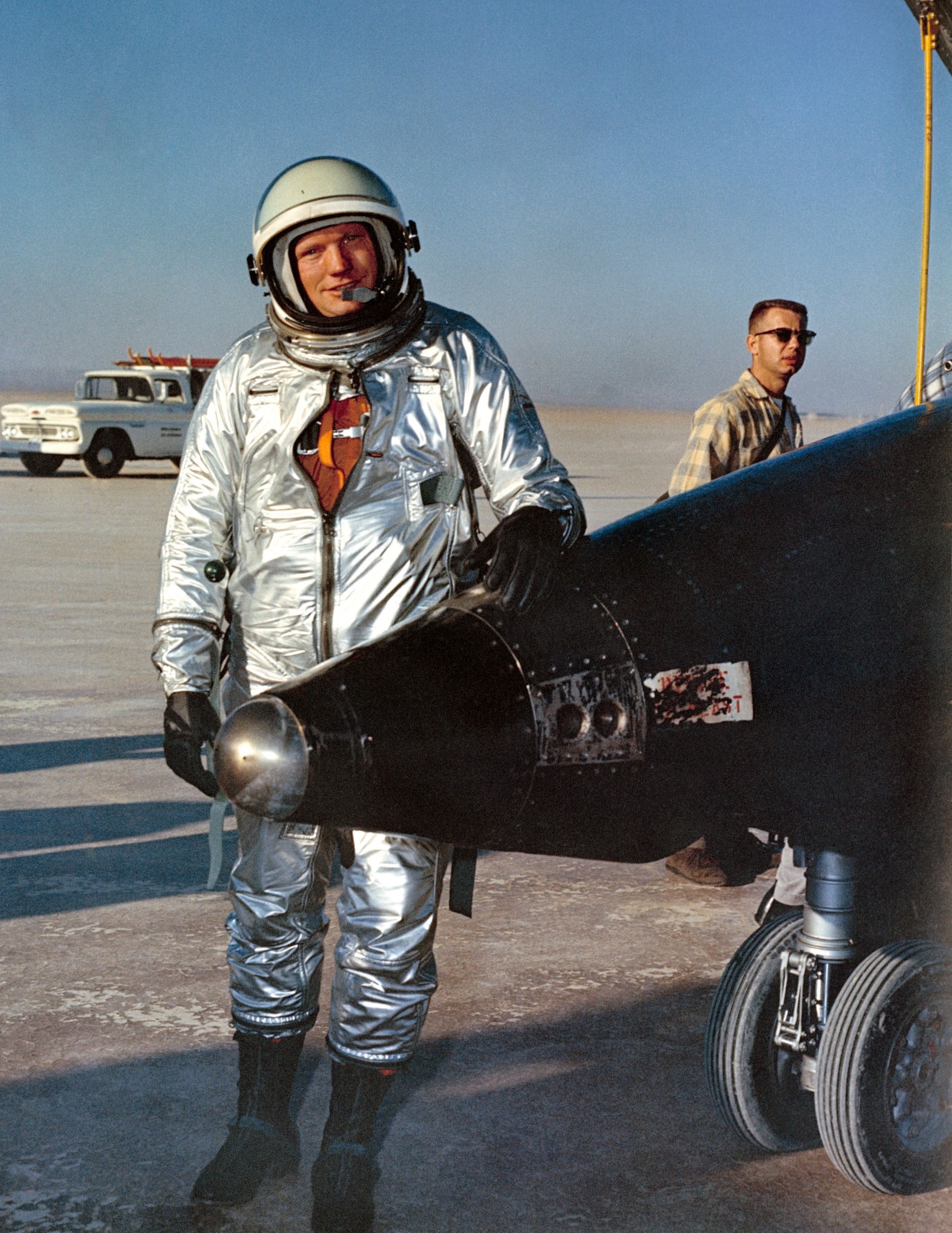
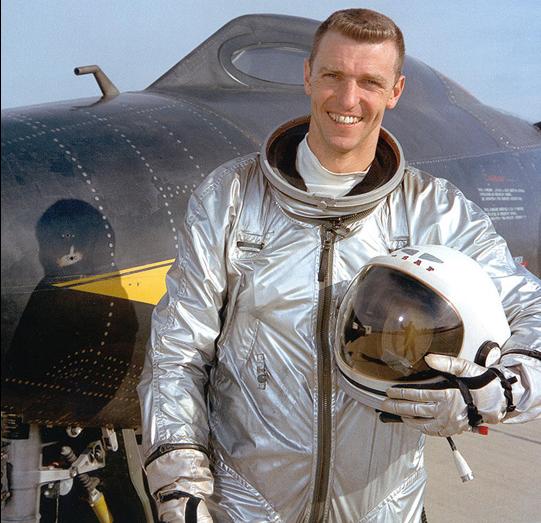
Left: Chief NASA X-15 pilot Joseph “Joe” A. Walker following his altitude record-setting flight in August 1963. Middle left: Air Force pilot William J. “Pete” Knight following his speed record-setting flight in October 1967. Middle right: NASA pilot Neil A. Armstrong stands next to an X-15. Right: Air Force pilot Joe H. Engle following a flight aboard X-15A-2 in December 1965.
Over nine years, Crossfield and 11 other pilots – five NASA, five U.S. Air Force, and one U.S. Navy – completed a total of 199 flights of the X-15, gathering data on the aerodynamic and thermal performance of the aircraft flying to the edge of space and returning to Earth. The pilots also conducted a series of experiments, taking advantage of the plane’s unique characteristics and flight environment. NASA chief pilot Joseph “Joe” A. Walker flew the first of his 25 flights in March 1960. On his final flight on Aug. 22, 1963, he took X-15-3 to an altitude of 354,200 feet, or 67.1 miles, the highest achieved in the X-15 program, and a record for piloted aircraft that stood until surpassed during the final flight of SpaceShipOne on Oct. 4, 2004.
On Oct. 3, 1967, Air Force pilot William J. “Pete” Knight flew X-15A-2, with fully fueled external tanks, to an unofficial speed record for a piloted winged vehicle of Mach 6.70, or 4,520 miles per hour. The mark stood until surpassed during the reentry of space shuttle Columbia on April 14, 1981. NASA pilot Neil A. Armstrong and Air Force pilot Joe H. Engle flew the X-15 before joining NASA’s astronaut corps. Armstrong took to the skies seven times in the X-15 prior to becoming an astronaut, where he flew the Gemini VIII mission in 1966 and took humanity’s first steps on the Moon in July 1969. Engle has the unique distinction as the only person to have flown both the X-15 (16 times) and the space shuttle (twice in the atmosphere and twice in space). Of the first powered X-15 flight, Engle said, it “was a real milestone in a program that we still benefit from today.”
Quelle: NASA
